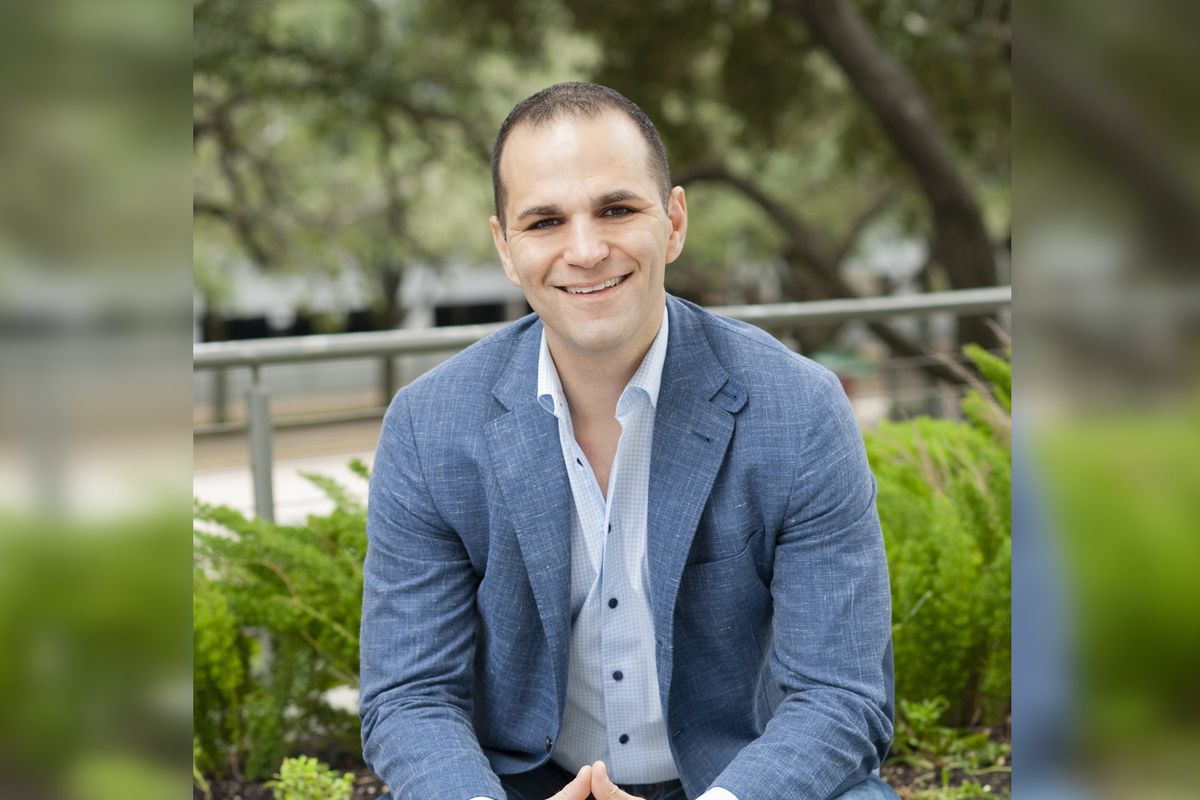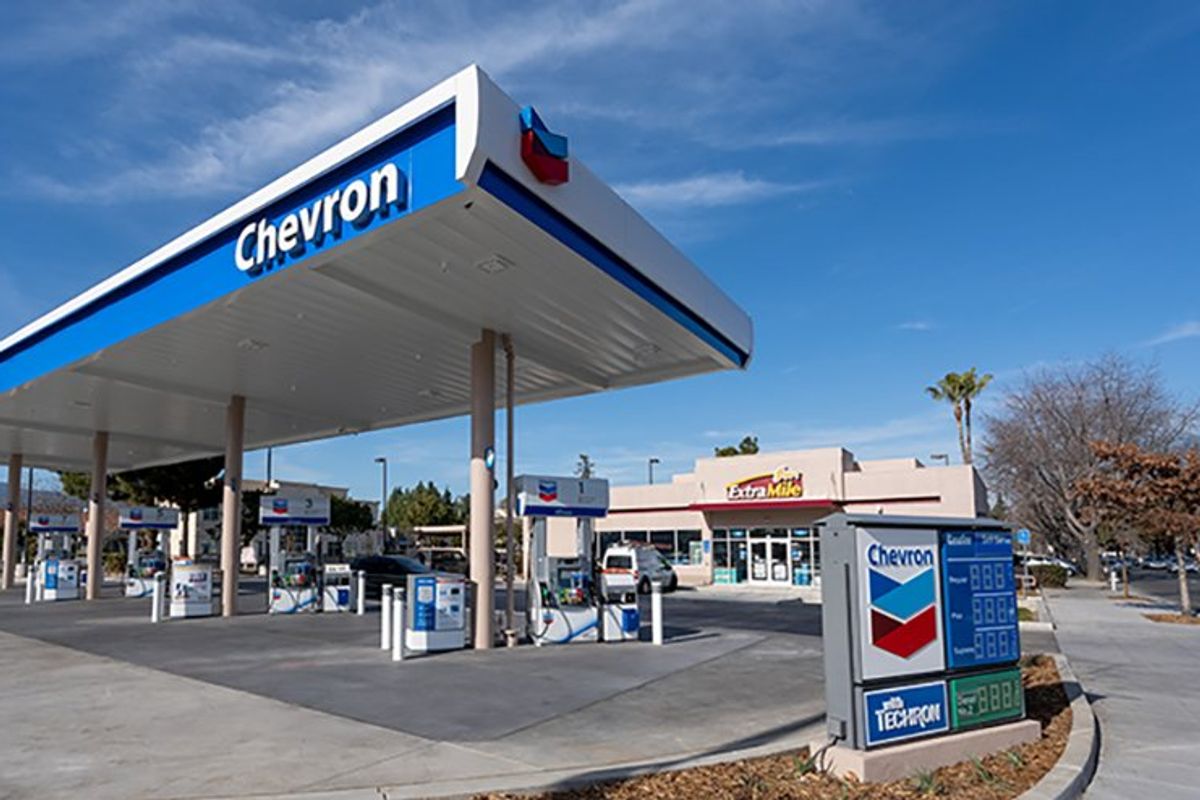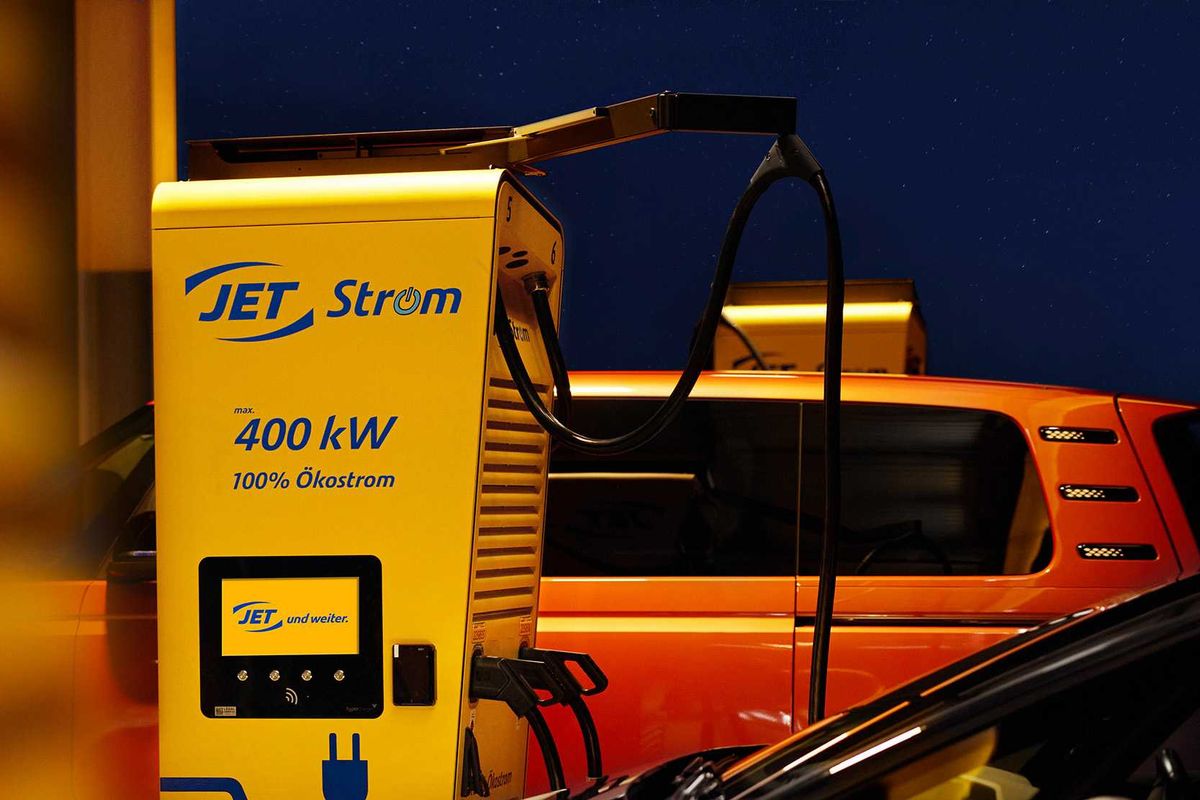Building a modern legacy of corporate and social responsibility
QUESTIONS + ANSWERS
With a mind for business and a passion for people, one woman leads the legacy her family trailblazed in corporate social responsibility.
Revani “Rani” Puranik, named successor for the CEO of Worldwide Oilfield Machine (“WOM”) and current Chair of the Puranik Foundation, continues the institutions her parents created with the same emphasis on mindfulness, sustainability, and opportunity for all.
In addition to extending the reach of WOM’s 3,000+ employees across 10 countries–and counting–Puranik shapes future leaders and innovators of energy through The Energy Project, a program launched in 2020 by the foundation to support young minds tackling environmental challenges for sustainable development across five sectors: Alternative Power Generation, Sustainable Consumption, Waste Management, Urban Design, and Water Sustainability.
In her upcoming book, Seven Letters to My Daughters, scheduled for release on May 24th, Puranik shares lessons in love, leadership, and legacy carved out of distinct seven-year periods of her life. And if inspiring the next generation and writing a book weren’t enough, Puranik has her eyes set on building a more holistic charter school in collaboration with Baylor College of Medicine.
With just a moment to spare before she launches a new initiative, Puranik met with EnergyCapitalHTX to discuss what Energy Transition looks like from her perspective.
EnergyCapitalHTX: You’ve had an interesting career, with one foot in something very altruistic, and the other in energy–which has a reputation for being… not so altruistic, let’s say. How did you get here?
Rani Puranik: First, I'll tell you that none of it, none of it, was planned.
The 1st 17 years of my life, I lived in Houston. I went to Lamar high school thinking I was going to be an engineer. But I was on a robust and dedicated journey singing and dancing, too. I was always very active and engaged in my heritage that way.
I went to India after I graduated from high school and stayed in my parents’ vacation home, which was next to a poverty-stricken area. All I thought was, “hey, how can I help?”
And that “how can I help?“ has always turned into larger projects than I ever imagined. Before long, I was running an after-school dance program for 60 kids. But it was more than dance. These girls needed a safe space to express themselves.
EC: How did you end up back in Houston?
RP: Well, life happens. I came to Houston on a one-way ticket with $200 in my pocket. My dad was still living here in Houston, running Worldwide Machine, so I volunteered in his company to keep busy.
Finally, in 2012, I realized I’m never going to be an engineer; I graduated from Rice with an MBA in finance in 2014. And then I just dedicated my entire life to WOM, my two girls, and the Puranik Foundation my mother started when I was in India.
EC: On one hand, you're encouraging innovation around building a sustainable environment with Puranik Foundation. And with WOM, you provide offshore equipment, services, and expertise. Do you see those concepts blending as part of the energy transition?
RP: One of the core principles of WOM is “stay curious.” We have something called the Idea Factory; sometimes we get ideas that are related to sustainability and alternative energies. The people that come up with these solutions and methods are deeply involved from start to finish as part of our research and development team.
We’ve currently got a patent on a frac valve that is so much healthier for the environment. There’s no disposal of grease, there’s much less use of water and chemicals injected because of the way our frac valve operates, and the pressures and temperatures it can sustain and withhold.
We’re also looking at design, revisiting processes and asking, “how can we make this more efficient?” How can we reduce not just the emissions, but the use of oils and liquids and fuels with process improvements and enhancements for the equipment that we're manufacturing?
EC: And for the foundation?
RP: What's important for me is to understand what energy is, why it's needed, and how we can tap into it from all sources.
If younger minds can think of things like some of the students in this year’s cohort of The Energy Project– things like using human movement to not just capture, but transform, energy–we're headed in the right direction.
EC: The energy transition is increasingly branded as a transition in mindset more than anything. Mindfulness is a core tenet of your foundation, is it a part of the nine core principles of WOM you mentioned?
RP: Absolutely. I've been called an empathetic leader because I listen. And I say the first part of listening is receiving. When you receive information, you're empowering yourself with knowledge and information being shared by someone else for you. And then you can offer a direction, a guide, or just a helping hand.
There's definitely a shift going on where people not just want to be heard, but there are leaders and organizations who understand the value and the importance of it. We can't do things on our own.
EC: You emphasize collaboration and human connectivity often, which are vital components of the sustainability economy. Can you elaborate on how your organizations embody these concepts?
RP: I made up the “earn to return” philosophy because I saw it in my own parents and I said, I've been given very valuable resources and I've been given a talent to connect people. And if together, that can create something beautiful to really enhance the abundance of resources and create stable pathways for people in their livelihoods, then that's my purpose and that's what I'm going to do.
And in the process, yeah, we make great sales, great profits. But then the profits have to be returned back to our local communities and our people and our kids so that they end up having stable livelihoods for their future. For me, that was always the driving force, and it still is.
But I'll tell you again, none of it was planned. None.











